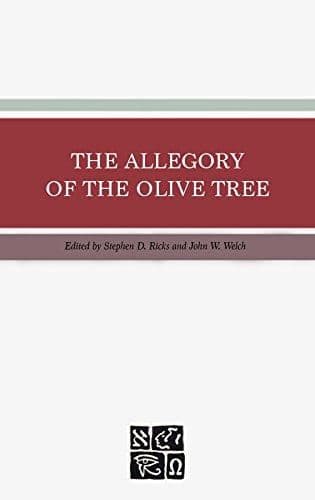21 Chapters
The Allegory of the Olive Tree: The Olive, the Bible, and Jacob 5

Title
The Allegory of the Olive Tree: The Olive, the Bible, and Jacob 5
Publication Type
Book
Year of Publication
1994
Editors
Ricks, Stephen D. (Secondary), and Welch, John W. (Secondary)
Number of Pages
624
Publisher
Deseret Book Company/Foundation for Ancient Research and Mormon Studies
City
Salt Lake City/Provo, UT
Abstract
In the Book of Mormon, the allegory of the olive tree—written by a prophet named Zenos and later quoted by the prophet Jacob to his people—stands out as a unique literary creation worthy of close analysis and greater appreciation. Besides its exceptional length and exquisite detail, this text conveys important teachings, deep emotion, and wisdom related to God’s tender devotion and aspirations for the house of Israel on earth.
In The Allegory of the Olive Tree, 20 scholars shed light on the meaning, themes, and rhetorical aspects of the allegory, as well as on its historical, cultural, and religious backgrounds. In so doing, they offer answers to questions about the significance of olive tree symbolism in the ancient Near East, who Zenos was, the meaning of the allegory, what it teaches about the relationship between God and his people, how it might relate to other ancient texts, the accuracy of the horticultural and botanical details in the text, and much more.
Subject Keywords
Bibliographic Citation
Terms of use
Items in the BMC Archive are made publicly available for non-commercial, private use. Inclusion within the BMC Archive does not imply endorsement. Items do not represent the official views of The Church of Jesus Christ of Latter-day Saints or of Book of Mormon Central.